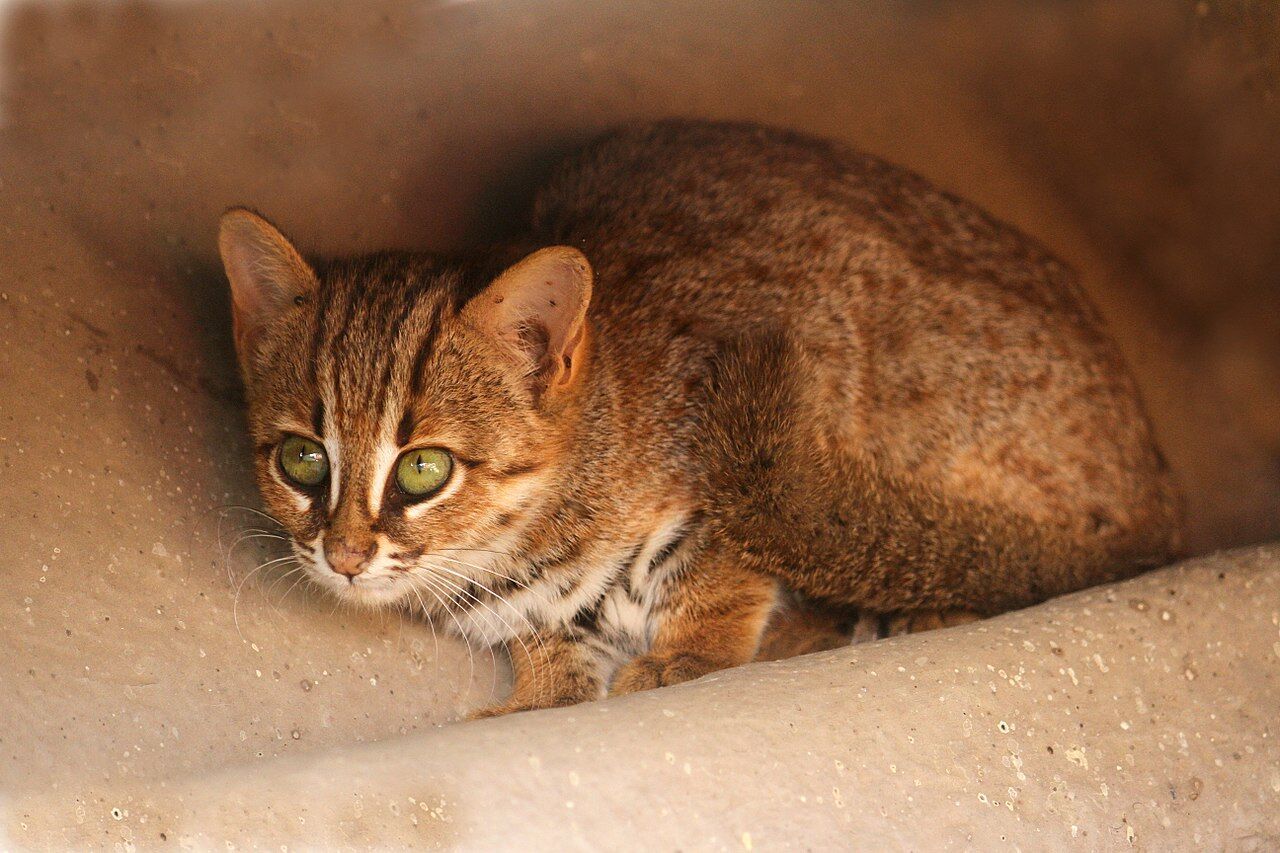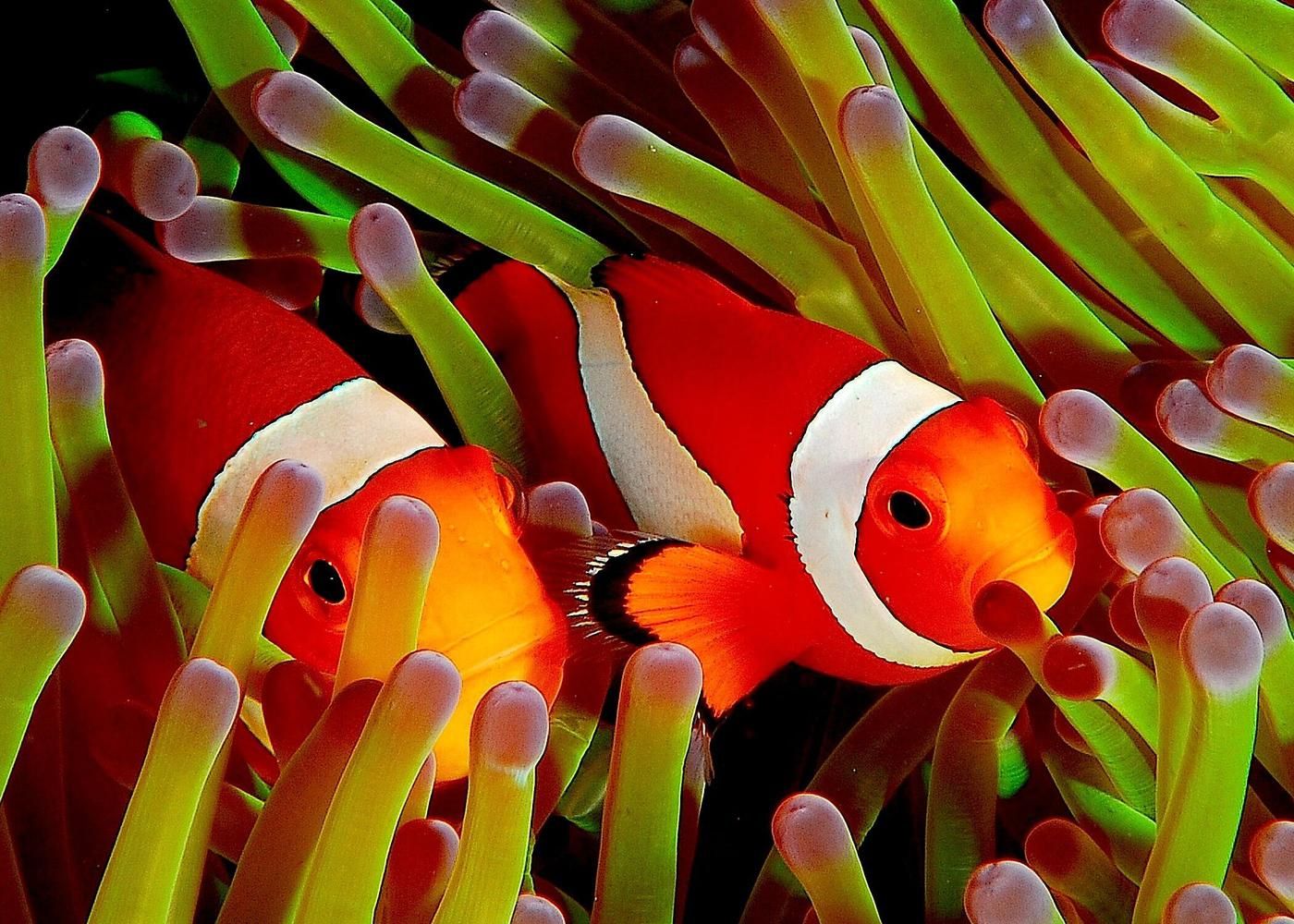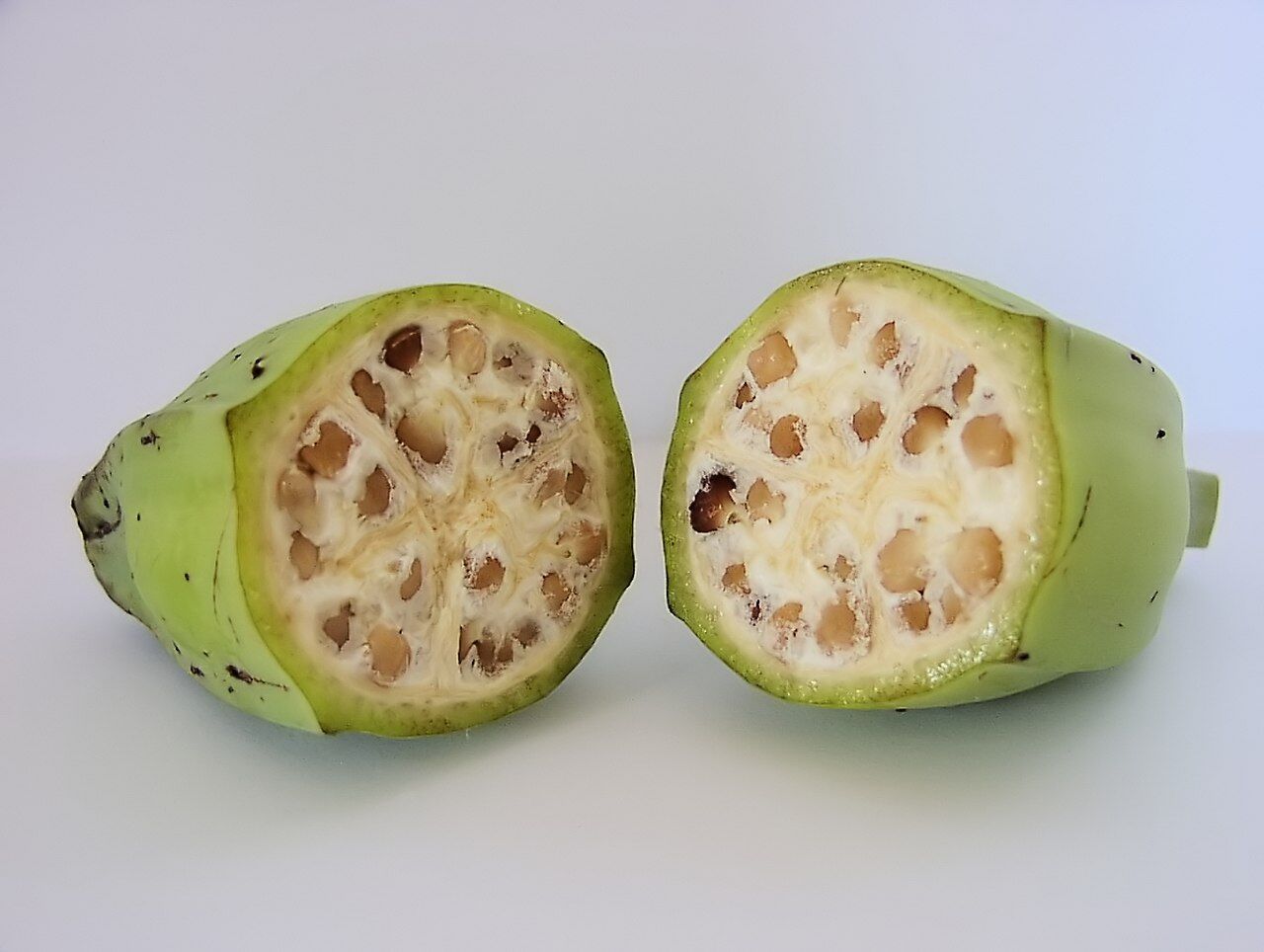Scientific news: jungle
- Scientific News
- 5 minutes (979 words)
Nobel prize: new therapies against cancer
On the first of October 2018 the Nobel Prize in Physiology or Medicine was awarded to James P. Allison and Tasuku Honjo for their work on unleashing the body’s immune system to attack cancer, a breakthrough that has led to an entirely new class of drugs and brought lasting remissions to many patients who had run out of options.
Our immune system doesn’t attack or notice cancer cells. This is mainly the cause of several proteins that are working as an inhibitor. Allison and Honjo leading to the breakthrough treatments that use the body’s own defences to attack cancer cells known as ‘checkpoint inhibitors.’
James Allison discovered a protein, CTLA-4, with the function to inhibit the immune system so it doesn’t attack healthy tissues. Some medicines are being used as treatment for advanced skin cancers that inhibiters CTLA-4. Tasuku Honjo did a similar thing but with protein PD-1. PD-1’s main function is to inhibit cells of the immune system. Next to chemotherapy, radiology, surgery and hormone treatment we have a new cure in the immunotherapies.
The origin of Nemo’s stripes
The clownfish or anemonefish from the subfamily Amphiprioninae were always a point of discussion between ecologists. Not for their behaviour for losing their sons but for their stripes. The most famous one is the orange clownfish (Nemo) but there are several more variations within the genus Amphiprioninae. They vary in colours from yellow to black and with zero to three stripes. But why does the species differ from each other was always a big question.
Recent research discovered that the colour pattern is needed for mutual type recognition. Also the forming of stripes starts on the front and ends with the tail. The variation appears to start with a common ancestor who had three stripes: over time the stripes gradually disappeared.
Closing the cold case
Last summer a big Dutch police case from Nicki Verstappen was closed while the murder happened 20 years ago. Not only Nicki’s cold case has been solved but also many others as well. Last year, the NFI (Dutch forensic institute) developed a new solution for horrible cold cases as Nicki’s: a large-scale DNA kinship research. When a grave crime is committed and they can’t find the felon, the OM (prosecution) decides to start a large-scale DNA kinship research. The OM ask the public to help and give up their DNA: these people are most of the times well-selected. Based on their background (for example Turkish) or the place where the crime is committed, the group of people can be selected. In most of the cases there was DNA found from the felon. And the hope is for DNA from a volunteer who is related to the felon. This can be a brother, a second cousin or even the felon himself!
Because of the large group of volunteers this process takes time (every biologist knows the effort to make a good gel electrophoresis) and cost a lot of money. But in the end justice was finally served.
The Rusty-Spotted Cat
Cats. Small or big, hairy or short-haired, uni-coloured or spotted, we’ve always loved them ever since the very first moment mankind made contact with them. Those carnivorous mammals, also known as Felis catus, come in different sizes and shapes. We usually refer to the domestic cat when we say “cats”, but there are many wild cats out there which aren’t any less adorable. Take the rusty spotted cat as an example; a little spotted cat which is born curious and adventurous and fits in the palm of your hand. Actually, the fully matured cats of this kind still fit there. Those cats are mostly nocturnal: active in the night preying on rodents, bird and lizards, while hiding in trees and in caves during the day to avoid being preyed on. Nowadays, just like any other wild animal, the rusty-spotted cat faces many threats. Although, they adapted to some degree to the loss of habitat and spread of cultivation, those two things still are a huge threat to these cats. Moreover, there have been some reports of rusty-spotted cat skins in trade. In other areas, they’re hunted for food. The good news is, the Indian and the Sri Lankan populations are linked in the CITES, which banned hunting and trading this species.
The Lungs of The Planet
As your lungs filter the air you breathe, the Amazon filter the air all the living organisms breathe. The amazon is usually called “the lungs of the planet” because they draw in Carbon dioxide and breathe out Oxygen. The amount of carbon dioxide that is annually produced and absorbed fluctuates highly with year-to-year fluctuations in the climate. In a study about how the climate change and its impact on the Amazon, has shown that rainforests are generally very vulnerable to the variations in the climate change. However, an elevated production of carbon dioxide that is associated with an increased plant growth has little effect on the Amazon. On the other hand, plant growth decreases due to the climate warming, accompanied with carbon dioxide increase as a result of burning fossil fuels and deforestations changes the whole formula. Not only the amount of the carbon dioxide that is absorbed by this area decreases, but it’s also expected that the release of carbon dioxide in this area would go up- this in turn depends on whether the tropical climate was wetter and cooler or warmer and dryer than usual. It’s a vicious circle of a warmer climate due to an increase of the production of carbon dioxide which as a result means that the Amazon can absorb less carbon dioxide which results in even more climate warming.





Comments
Log in to read and post comments